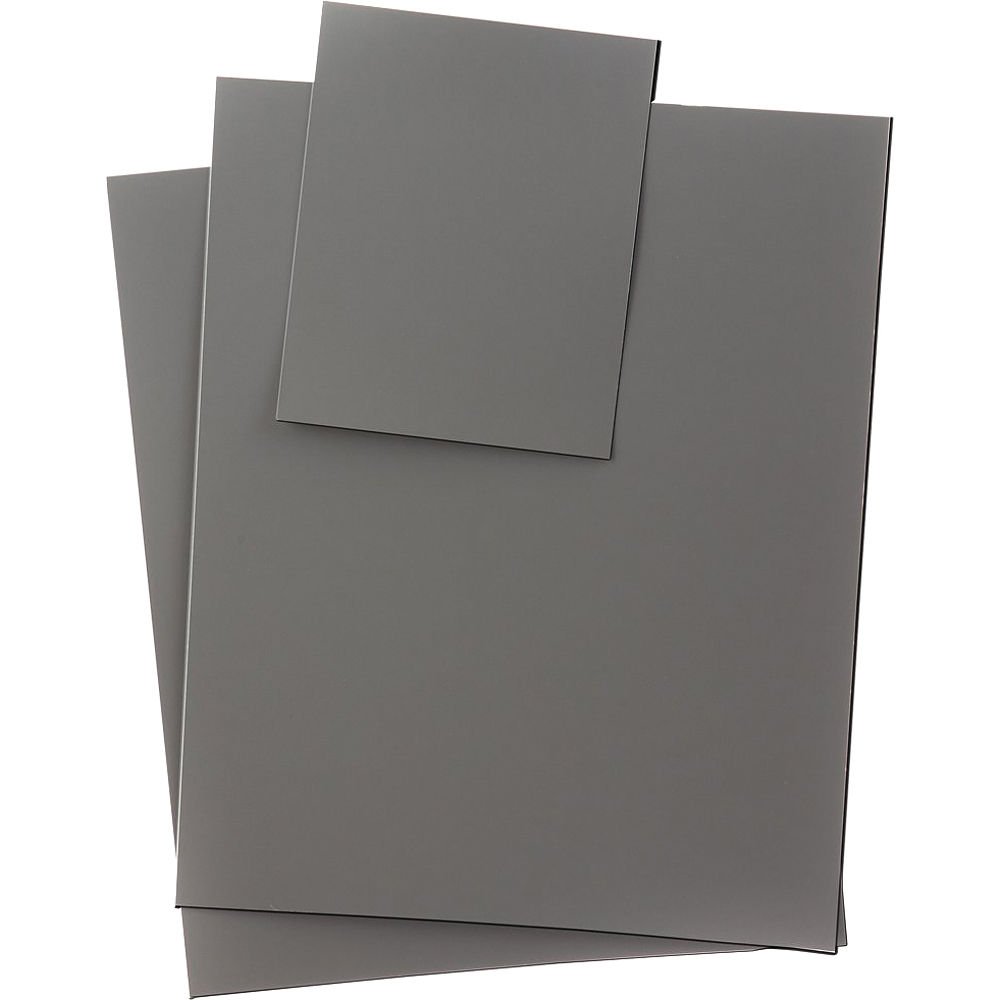Put a Grey Card in your Bag
/Yes I know, it’s here comes that old fool yapping about grey cards again.
Very true. Live with it.
The other day, Gordon and I had finished recording our weekly podcast episode and he asked if he could bounce a couple of queries off me. I am always happy to help Gordon because he is a lifetime learner. He was a direct student a long time ago, and has really developed himself into a thinking photographer.
The Situation
Gordon was making an image of a grey dove on a textured grey background. He saw before squeezing the shutter that everything in real life was lighter than what he was seeing in the EVF of his camera. He then made the decision to modify his existing light exposure by +1 ⅓ stops. This decision rendered both the bird and the background as he was seeing them, about 1 ⅓ stops brighter than middle grey. He knew that if he did nothing, the camera would have compensated for the brighter background and reduced the exposure rendering it darker. That is what seeing will do for you, and in my opinion one of the major advantages of Electronic Viewfinders or shooting off the LCD with a proper loupe or shade. He was shooting in Shutter Preferred mode with Auto ISO
The Question
Gordon also wanted to use his flash to put more controlled light onto the dove, to further show the subtle colouration of the bird and also to put some light into the eyes. I regularly speak of the power of flash to do these kinds of things.
He had his flash off camera, connected via radio. This allowed control over the direction of the light and the quality of the light if he wanted to use light shapers. All excellent choices. He made a couple of shots with this flash and his primary question was what could he do to have the flash keep up with the camera in low burst mode. That is a very scenario and gear specific question, so while there is an answer it is specific to the situation and just repeating the solution may not work in a different case.
What he also noted is that the overall images were darker. Not really underexposed, but darker. He also noted that the non-flash images had ISO set by the camera to 1600 and the flash images had ISO set but the camera to about 200. He wanted to understand why the images were darker. He thought it might have been because he was in TTL mode for his flash. I told him that the answer was maybe, but the actual truth was right in front of him.
The Grey Card
As regular readers know, I carry a grey card in the bag. The bag was handy, so I removed my grey card and held it by his computer screen. He agreed that the grey card was darker than the images made without flash. Just over a stop darker in fact. He said that made perfect sense because he had intentionally overexposed the existing light by 1 ⅓ stops. He was and is of course, correct.
But why were the images made with flash darker? Again I said nothing and just held the grey card up beside the flash image. The overall brightness matched between the image and the grey card nearly perfectly. He had not been dragging the shutter and the shutter speed was up below the normal flash sync speed, but not significantly below. However, as the camera was set for Auto ISO, the TTL flash algorithm allowed for a correct exposure at a much lower ISO. This explained why the ISO had dropped, but it still was not clear why the image was darker.
Then it clicked. He observed that he had dialled in exposure compensation on the existing light of 1 ⅓ stops which lightened the image to achieve the proper luminosity for the subject relative to the middle grey default. What had not been done, was to dial in Flash Exposure Compensation of the same value. They are two completely different things, and in this shooting condition, the flash was definitely the dominant source because of the camera settings.
In Summary
Having a grey card with you at all times can help any photographer make decisions about exposure compensation of the scene relative to what the camera is going to recommend, which is always something that will balance out to middle grey. Simply hold the card up beside the scene and you will know right away where the scene falls tonally relative to middle grey. Then you know what level of compensation direction to go to get the luminous value of your image where you want it to be. It’s a bit of work and certainly some thought is required, but it is so much more effective than spray and pray or shooting brackets for every shot.
Do you have an idea for an article, tutorial, video or podcast? Do you have an imaging question unrelated to this article? Send me an email directly at ross@thephotovideoguy.ca or post in the comments. When you email your questions on any imaging topic, I will try to respond within a day.
If you shop with B&H Photo Video, please consider doing so through the link on thephotovideoguy.ca as this helps support my efforts and has no negative impact whatsoever on your shopping experience.
If you find the podcast, videos or articles of value, consider clicking the Donation tab in the sidebar of the website and buy me a coffee. Your donation goes to help me keep things going.
Click this link to submit your questions
I'm Ross Chevalier, thanks for reading, watching and listening and until next time, peace.









